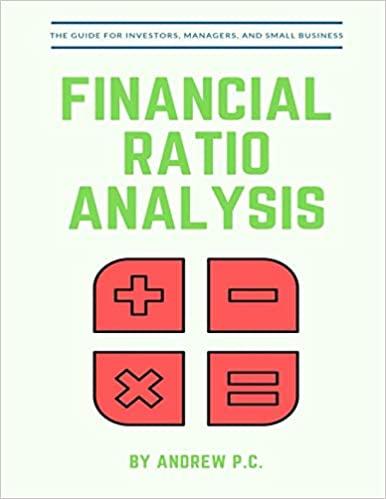Question
COSTCO Overview Six years after turning the leadership of Costco Wholesale over to then-president, Craig Jelinek, Jim Sinegal, Costcos co-founder and chief executive officer (CEO)
COSTCO Overview Six years after turning the leadership of Costco Wholesale over to then-president, Craig Jelinek, Jim Sinegal, Costcos co-founder and chief executive officer (CEO) from 1983 until year-end 2011, had ample reason to be pleased with the companys ongoing revenue growth and competitive standing as one of the worlds biggest and best consumer goods merchandisers. Sinegal had been the driving force behind Costcos 35-year evolution from a startup entrepreneurial venture into the third largest retailer in the United States, the seventh largest retailer in the world, and the undisputed leader of the discount warehouse and wholesale club seg- ment of the North American retailing industry. Since January 2012, when Craig Jelinek took the reins as Costco Wholesales president and CEO, the company had prospered, growing from annual revenues of $89 billion and 598 membership warehouses at year-end fiscal 2011 to annual revenues of $126.2 billion and 741 membership warehouses at year-end fiscal 2017. Costcos growth continued in the first nine months of fiscal 2018; 9-month revenues were $95.0 billion, up 12.0 percent over the first 9 months of fiscal 2017, and the company had opened four additional warehouses. As of June 2018, Costco ranked as the second largest retailer in both the United States and the world (behind Walmart). In early 2018, there were about 1,460 warehouse locations across the United States and Canada; most every major metropolitan area had one, if not several, warehouse clubs. Costco had close to a 64 percent share of ware- house club sales across the United States and Canada, with Sams Club (a division of Walmart) having roughly a 29 percent share and BJs Wholesale Club and several small warehouse club competitors close to a 7 percent share.
COSTCO Competition among the warehouse clubs was based on such factors as price, merchandise quality and selection, location, and member service. However, warehouse clubs also competed with a wide range of other types of retailers, including retail discounters like Walmart and Dollar General, supermarkets, general merchandise chains, specialty chains, gasoline stations, and Internet retailers. Not only did Walmart, the worlds largest retailer, compete directly with Costco via its Sams Club subsidiary, but its Walmart Supercenters sold many of the same types of merchandise at attractively low prices as well. Target, Kohls, and Amazon.com had emerged as significant retail competitors in certain general merchandise categories. Low-cost operators selling a single category or narrow range of merchandisesuch as Trader Joes, Lowes, Home Depot, Office Depot, Staples, Best Buy, PetSmart, and Barnes & Noblehad significant market shares in their respective product categories. Notwithstanding the competition from other retailers and discounters, the low prices and merchandise selection found at Costco, Sams Club, and BJs Wholesale were attractive to small business owners, individual house- holds (particularly bargain-hunters and those with large families), churches and non-profit organizations, caterers, and small restaurants.
COSTCO In June 2018, Costco was operating 750 membership warehouses, including 520 in the United States and Puerto Rico, 98 in Canada, 38 in Mexico, 28 in the United Kingdom, 26 in Japan, 14 in South Korea, 13 in Taiwan, 9 in Australia, 2 in Spain, 1 in France, and 1 in Iceland. Costco also sold merchandise to members at websites in the United States, Canada, the United Kingdom, Mexico, South Korea, and Taiwan. Over 90 million cardholders were entitled to shop at Costco as of January 2018; in fiscal year 2017, membership fees generated over $2.85 billion in revenues for the company. Headed into 2018, on average, traffic at Costcos warehouse locations averaged 3 million members per day. Annual sales per store averaged about $170 million ($3.3 million per week) in 2017, over 70 percent higher than the $99.2 million per year and $1.9 million per week averages for Sams Club, Costcos chief competitor. In 2014, 165 of Costcos warehouses generated sales exceeding $200 million annually, up from 56 in 2010; and 60 warehouses had sales exceeding $250 million, including two that had more than $400 million in sales. In 2018, Costco was the only national retailer in the history of the United States that could boast of average annual revenue in excess of $170 million per location.
"Please follow this CASE STUDY FORMAT "
Background
Problem
recommendation
conclusion
Step by Step Solution
There are 3 Steps involved in it
Step: 1

Get Instant Access to Expert-Tailored Solutions
See step-by-step solutions with expert insights and AI powered tools for academic success
Step: 2

Step: 3

Ace Your Homework with AI
Get the answers you need in no time with our AI-driven, step-by-step assistance
Get Started


